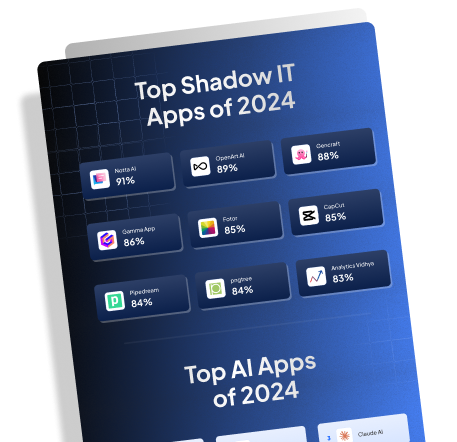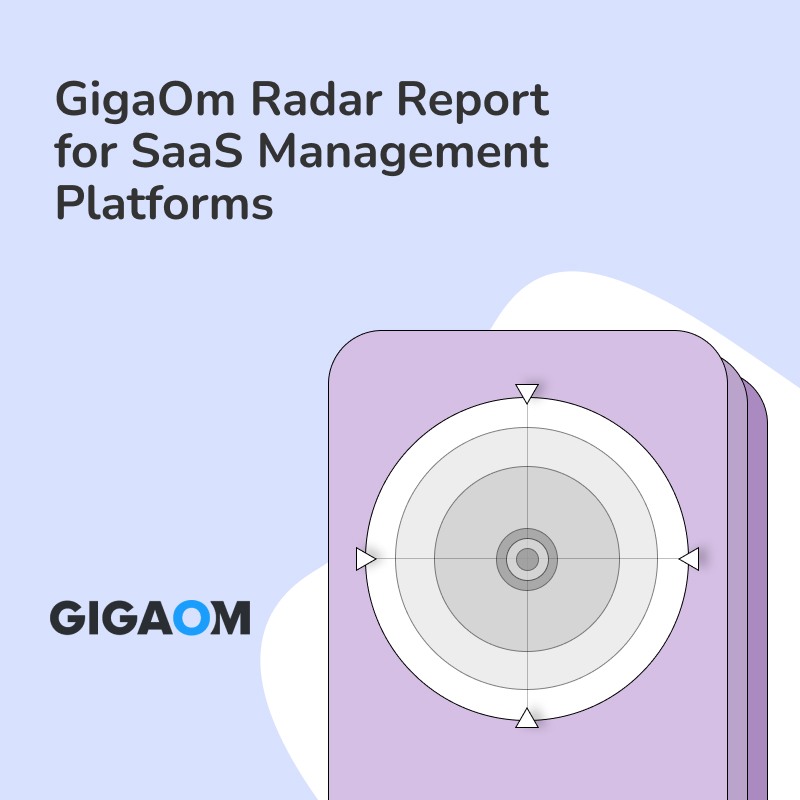Ever feel overwhelmed by the sheer number of network security providers on the market? You’re not alone. In a landscape that’s ever-changing and increasingly complex, choosing the right partner for your IT department is no small feat. But fear not—we’re here to cut through the noise and provide you with clear, actionable insights on the top network security providers you should consider. And if you’re looking to dive even deeper into app discovery and shadow IT, head over to ToriiHQ. Let’s demystify this together.
When it comes to safeguarding an organization’s network infrastructure, choosing the right network security provider is crucial. These top providers excel in delivering comprehensive, real-time solutions that protect against cyber threats. Let’s explore some leading names in network security for IT departments.
Palo Alto Networks
One of the top players is Palo Alto Networks. They offer state-of-the-art firewall solutions and advanced cybersecurity platforms. With Palo Alto, IT teams get real-time threat intelligence, automated security updates, and robust vulnerability assessments. Their systems can prevent unauthorized access and keep data secure.
Cisco
Another key provider is Cisco. Known for its deep expertise in networking, Cisco provides a wide range of security solutions. These include network access control, intrusion prevention systems, and security analytics. What makes Cisco stand out? Their holistic approach to maintaining network integrity while ensuring compliance with regulatory standards.
Fortinet
Fortinet is also a renowned name in this space. Fortinet offers end-to-end security solutions with their FortiGate firewalls, which integrate real-time monitoring and automated updates. These tools help IT departments maintain a secure environment with minimal downtime. Besides firewalls, Fortinet’s Security Fabric includes solutions for email security, endpoint protection, and more.
Check Point Software Technologies
Then there’s Check Point Software Technologies. They specialize in preventing cyber attacks with their advanced threat prevention solutions. Check Point’s unified security architecture allows IT teams to manage different aspects of network security from a single console. This unified approach simplifies the complex task of managing network security.
FireEye
What about monitoring and threat intelligence? FireEye is highly regarded for its expertise in this area. FireEye provides advanced threat detection and response tools, making it easier for IT departments to identify and mitigate potential breaches. Their solutions include endpoint protection, network security, and real-time threat intelligence.
McAfee
McAfee also deserves mention. Known for its strong antivirus solutions, McAfee has expanded into comprehensive network security. Their security suites offer encryption, firewall protection, and real-time threat monitoring. McAfee works tirelessly to ensure compliance with data protection regulations.
Are these options sufficient? Not always. Sometimes, a combination of providers might be necessary to cover all bases. IT departments should consider their specific needs, such as scalability, ease of management, and the type of threats most relevant to their operations.
Understanding network security involves grasping both its complexity and its critical importance. By partnering with these top network security providers, IT departments can gain robust protection, maintain data integrity, and ensure compliance.
Best Practices for Choosing and Implementing Network Security Providers
Navigating the landscape of network security can be daunting for IT departments, but adopting best practices can significantly enhance the efficacy of your security efforts. As we delve into key tactical steps, keep these guidelines in mind to ensure you get the most from your selected network security providers.
Comprehensive Risk Assessment
Before zeroing in on a network security provider, conduct a thorough risk assessment. Understand your organization’s unique vulnerabilities, regulatory compliance requirements, and operational priorities. Identifying these aspects will guide your decision-making process and allow you to choose solutions tailored to your needs.
Deploy Multi-Layer Security Strategies
No single solution offers complete protection against all types of cyber threats. Evaluate the benefits of integrating multiple layers of security from different providers. For instance, combine firewall solutions from Palo Alto Networks with advanced threat detection tools from FireEye. Such a layered approach ensures robust protection across different threat vectors.
Automate Where Possible
Automation is your ally in maintaining a secure network environment. Look for network security providers that offer automated threat intelligence, real-time updates, and rapid incident response capabilities. Automated systems like those provided by Cisco or Fortinet reduce human error and ensure swift counteractions against potential threats.
Regular Training and Awareness Programs
Human factors are often the weakest link in any security chain. Continuously educate your IT staff and general workforce about the latest security protocols and emerging threats. Regular training sessions, awareness programs, and phishing simulations can immensely contribute to a more security-conscious organization.
Continuous Monitoring and Incident Response
Real-time monitoring and effective incident response mechanisms are non-negotiable. Leverage solutions from providers like McAfee and FireEye for advanced monitoring and rapid issue resolution. Implementing a robust Security Information and Event Management (SIEM) system can also enhance your ability to detect and respond to incidents swiftly.
Regular Audits and Updates
Network security is not a one-time setup but a continuous commitment. Regularly audit your security infrastructure to identify and mitigate new vulnerabilities. Ensure that your systems are consistently updated to defend against newly discovered threats. Security providers like Fortinet and Palo Alto Networks offer automated updates to stay ahead of potential risks.
Customization and Scalability
Your network security needs will evolve as your organization grows. Choose providers that offer scalable solutions and customizable features to accommodate future expansions. Pay attention to providers like Check Point Software Technologies, which offer flexible, scalable security architectures adaptable to evolving requirements.
Vendor Support and Collaboration
Finally, prioritize providers that offer robust customer support and are willing to collaborate closely with your IT team. A provider’s expertise can significantly bolster your IT department’s capabilities, ensuring a well-coordinated defense against cyber threats.
By adhering to these best practices, your IT department can create a resilient network security infrastructure capable of confronting rapidly evolving cyber threats. Partnering with top-tier security providers, combined with strategic implementation and continuous improvement, will safeguard your organization’s digital assets and ensure long-term operational integrity.





